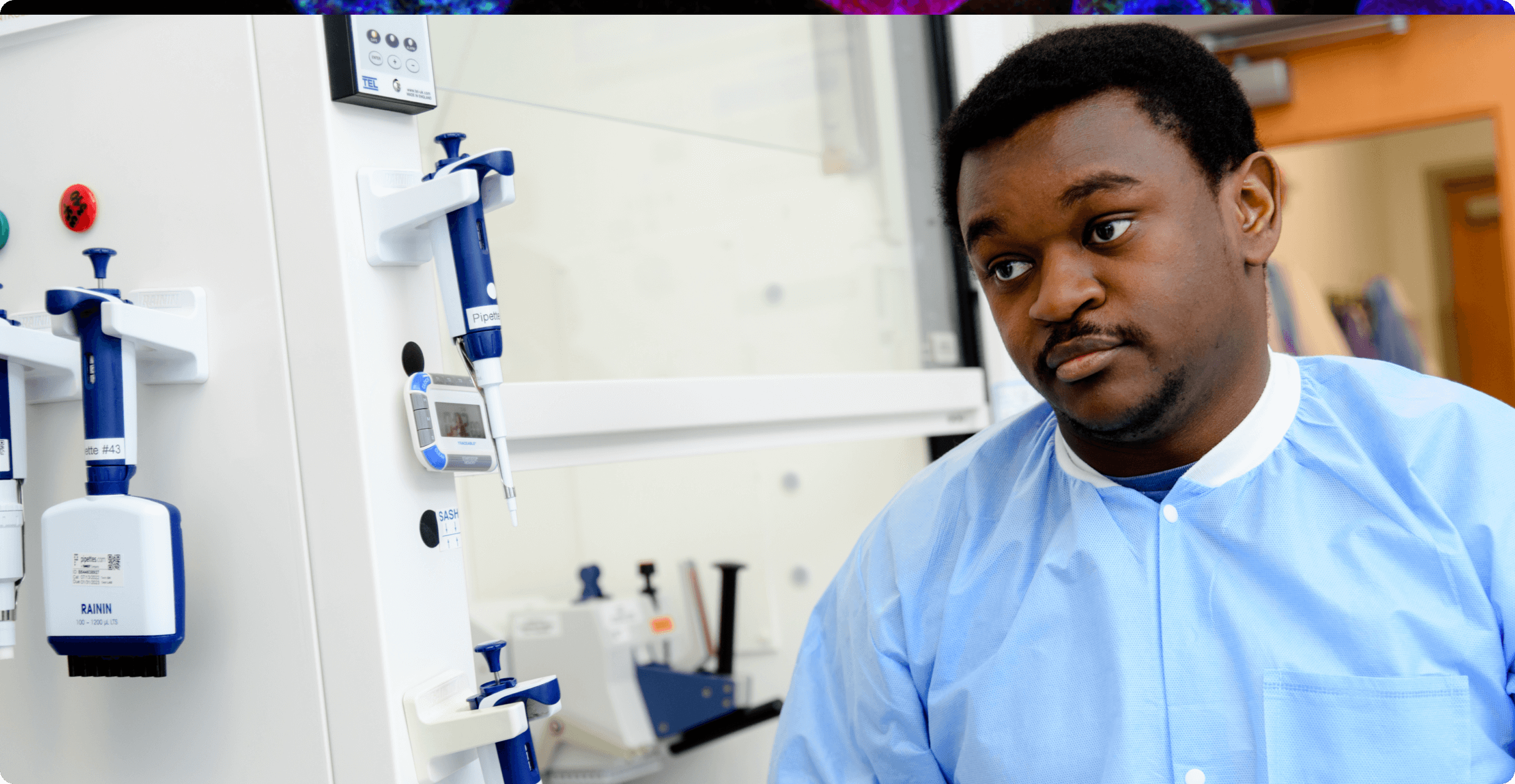Press Release | Apr. 17, 2023
Sysmex Inostics Exhibits at American Association for Cancer Research Annual Meeting 2023 in Orlando

Hamburg, Germany and Baltimore, Maryland, 2020.01.28 Pathologist Dr. Vincente Peg of the Vall d´Hebron University Hospital (Barcelona Spain) and colleagues have presented a correlation between the clearance of circulating tumor DNA (ctDNA) in HER2-positive or triple-negative breast cancer patients undergoing neoadjuvant treatment with a clinical/pathologic complete response at the American Association for Cancer Research (AACR) Advances in Liquid Biopsies conference held in Miami, Florida (USA), January 13-16, 2020. The researchers utilized both a SureSeq™ NGS cancer gene enrichment panel (Oxford Gene Technology, a Sysmex Group Company) for identifying lead mutations from breast cancer FFPE tissue, and Sysmex Inostics’ Plasma-Safe-SeqS personalized liquid biopsy platform for patient-specific longitudinal analysis of plasma ctDNA.
Neoadjuvant therapy to reduce tumor size prior to surgical resection is common in the treatment of early stage breast cancer. However, there exists an unmet clinical need to distinguish those patients with residual disease after neoadjuvant therapy (NAT) from those who achieved complete response in order to better understand which patients are appropriately suited for surgery. Researchers from Vall d´Hebron deployed SureSeq NGS testing to identify driver mutations in breast cancer biopsy tissue of 29 patients with early stage disease. The mutations detected with SureSeq were subsequently followed in the plasma of patients with the Plasma-Safe-SeqS ultrasensitive personalized ctDNA platform to complement radiographic assessment and provide more detailed information on an individual’s response to NAT.
Of 29 Stage II and Stage III triple-negative and HER2-positive breast cancer patients examined in the study, 20 (69%) had TP53 or PIK3CA tissue mutations identified by SureSeq with 17 out of 20 (85%) patients having detectable mutations with Plasma-Safe-SeqS in plasma samples prior to initiation of NAT. Longitudinal plasma analysis conducted at treatment mid-point and post-treatment immediately prior to surgery demonstrated the absence of ctDNA following NAT was observed in all patients (12/12) showing a complete clinical response. However, ctDNA was detected in 3 out of 5 (60%) of patients who did not achieve complete clinical response suggesting that ctDNA testing – alongside of imaging – is an important clinical parameter to consider when determining complete response to neoadjuvant treatment.
“This study addresses the unmet need to de-escalate surgery in patients with no sign of disease.” Dr. Vicente Peg commented. “How can we avoid surgically removing something that is just not there? Circulating tumor DNA by itself is able to detect 85% of patients that achieve pathologic complete response; however, when combined with imaging we can identify 100% of patients. These findings are an important first step to showing that we can accurately identify those patients who may avoid unnecessary surgery.”
Reference:
Ciriaco, N., Zamora, E. and Peg, V. et al. AACR Advances in Liquid Biopsy Conference 2020 Poster session B January 15, 2020. Clearance of ctDNA in triple-negative and HER2-positive breast cancer patients during neoadjuvant treatment is correlated with pathological complete responses, Poster B63.